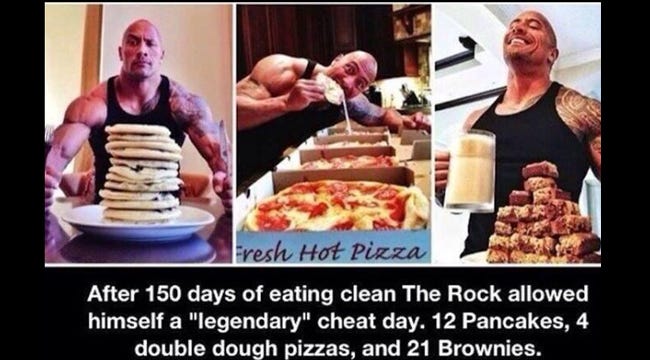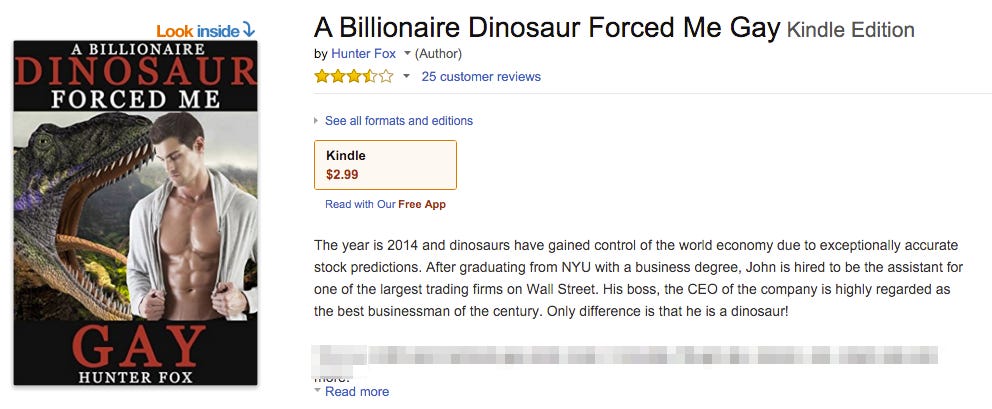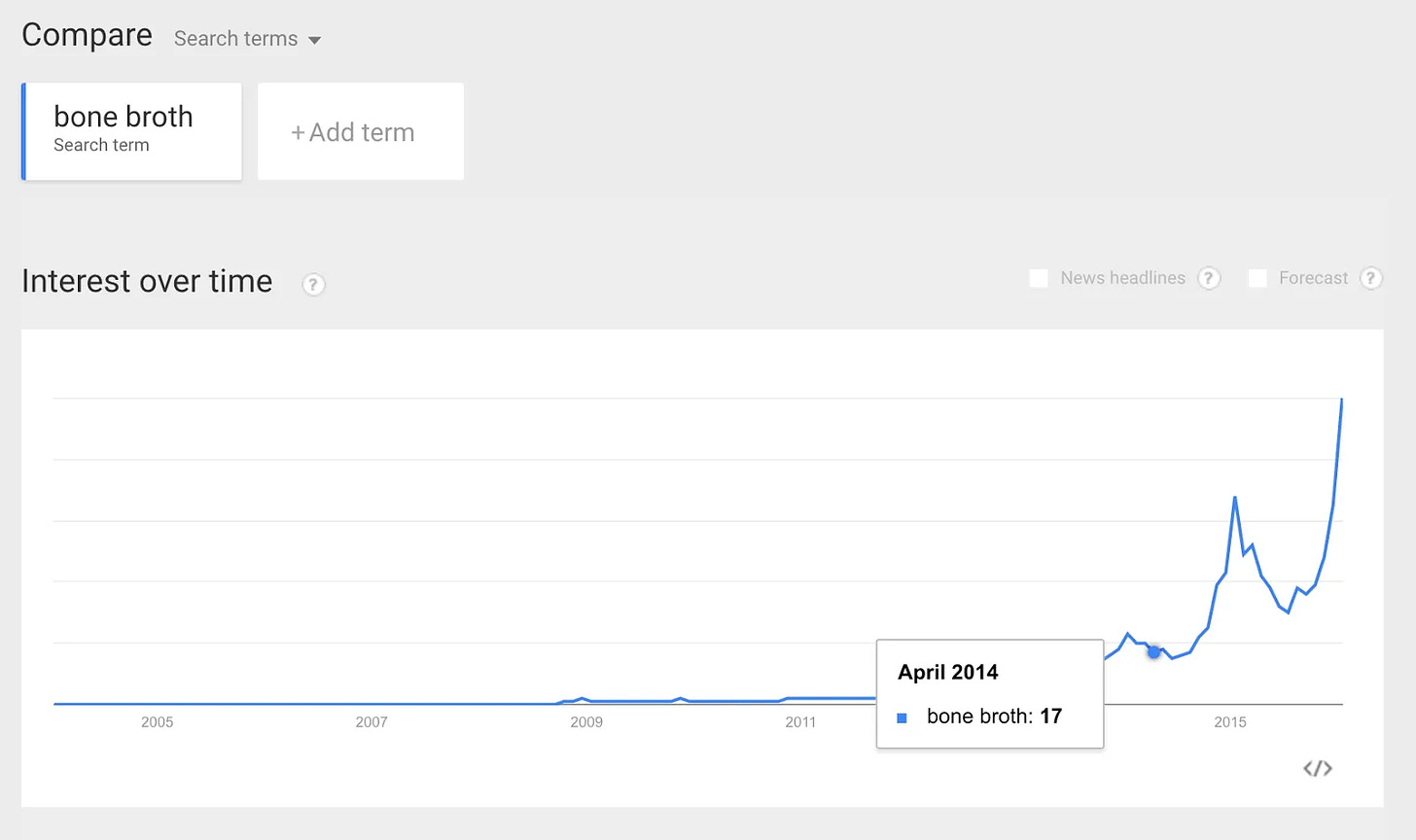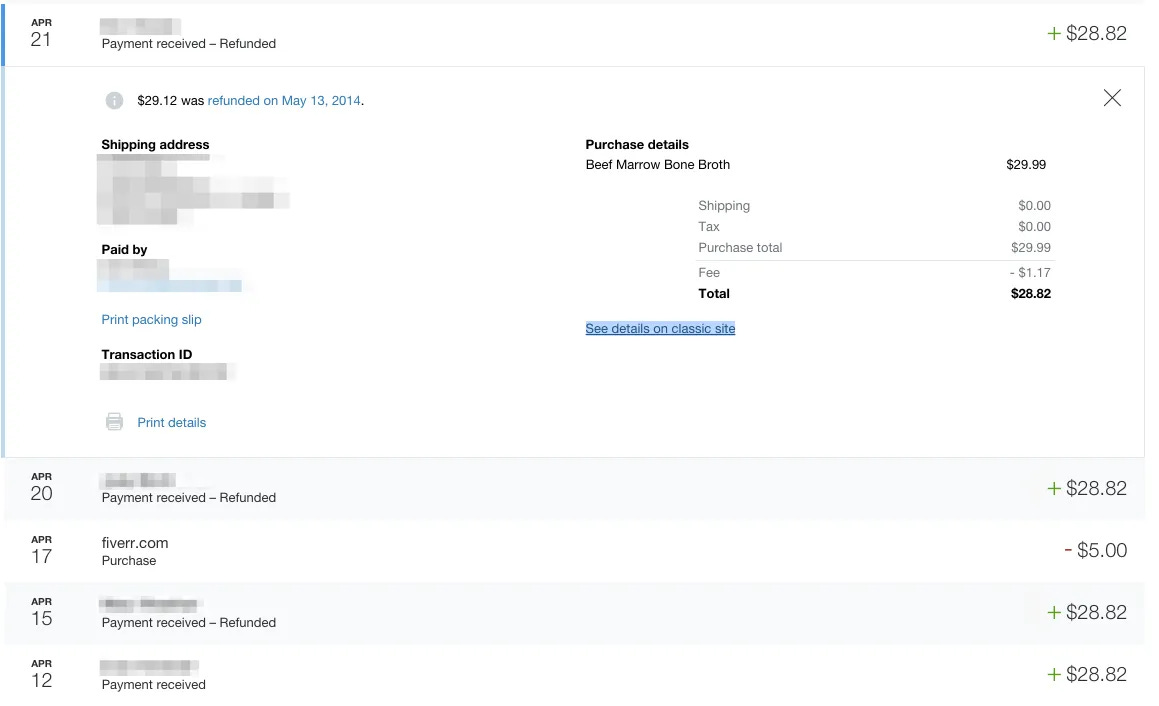Note – this is a republished from my Substack newsletter (The Next Brand) where I’m doing most of my writing these days.
A few people have mentioned they want to know more about how exactly I started Kettle & Fire. How’d I get the idea, why did I think it’d work, what did I do in the early days, etc.
Well, let me take you back to April, 2014. I’m sitting in our HR rep’s office, resigning my 6-figure job. Two weeks later I’ll be out of the workforce, officially unemployed.
Yet, as nervous as others (mostly my dad) said I should be, I was confident I could make something work. Why?
Because, during the last 30 days of my job, I had systematically tested – and proven – demand for the idea that would become Kettle & Fire: a business that now does well north of 8 figures a year.
I’m going to show you exactly how I tested and validated the idea.
http://offsecnewbie.com/2018/05/10/107/ FINDING THE IDEA
Since roughly 2010 I’ve been what I’d call 90% paleo: I usually eat according to a very strict diet (no grains or sugar, minimally processed foods) but have the occasional cheat day.

Never quite this bad
Fast-forward to 2014. I’d been hearing a lot of buzz about bone broth from friends at my Crossfit gym. I’d read about the many benefits of bone broth for skin, gut and joint health, and was excited to try it.
The problem was… I couldn’t find it anywhere online. And – given the fact that I was working long hours and didn’t have a slow cooker to make my own – I didn’t have time to make it.
That’s where I got the idea. Surely, given how hard it was to source grass-fed bones and how long it took to make bone broth (20+ hours), there were others like me out there. Others who wanted to try bone broth, but didn’t want to make it themselves.
If this was true, I might have a nice little business on my hands, and be able to help people improve their health at the same time. Win win!
Now all I had to do was test the idea.
http://thebeginningfarmer.com/134/?relatedposts=1 TESTING THE IDEA
With the idea in hand, what’s the next step?
Here’s where many people would chime in with…
- “Try to figure out how to make it!”
- “Find a supplier of grass-fed bones”
- “Figure out how to make small batches and start selling at farmers markets”
- Etc.
I had a better idea. I assumed that – if enough people wanted this product – I’d be able to figure out how to make it. After all, food companies figure out ways to do this every day.
So instead, the first questions I wanted to answer were:
- How many people want this product?
- Will they spend enough on the product that I can start a meaningful business?
Answering both of these questions is critical. After all, if you have a group of customers that really want something but aren’t willing to pay for it, that’s a terrible business. Hi people selling $0.99 Kindle ebooks!

On the flip side, if you have a customer segment that can spend a lot of money but doesn’t want your product, you don’t have any customers.
Ok. So, I had to figure out…
- How many people want this product?
- Are they happy to pay enough for a product that I can build a meaningful business?
To determine how many people want the product, I looked at places where lots of paleo people hung out. Community sites like PaleoHacks and blogs like Mark’s Daily Apple all mentioned bone broth and it’s health benefits, while Google Trends showed some decent (and quickly growing) interest.

Plus, just by being a member of the community, I knew that it was something that many Paleo people were talking about.
On top of that, I took at look in the Google AdWords Keyword Tool and saw that several thousand people per month were searching for a product (bone broth)… that nobody was selling.
This was enough for me, and I concluded that there were enough people – at least several thousand – that were looking for this product that I could make a business of it.
Question #1 – answered!
Next, I wanted to answer question #2 – Will people pay enough to make this a meaningful business?
To test this, I bought the domain “bonebroths.com”, had the stroke of genius to name the company Bone Broths Co. (awful idea), and set up a VERY basic landing page using Unbounce.

What our landing page (roughly) looked like
I also paid someone on Fiverr to come up with a very simple logo, for $5.

More creative genius
In my mind, this added an air of legitimacy to a very, very simple site. I wanted to make sure that those people that didn’t buy were doing so because they didn’t want the product… not because they thought they landed on a scam site.
After setting up the page and writing the copy, the next thing I did was set a price. I figured that I could easily sell bone broth at a profit if I charged $29.99 for 16oz, and I’d be able to see how badly people wanted the product. If they were willing to pay nearly $30 for 16oz of a product they’d never touched, tasted or smelled… this was probably a good idea.
Again, this was a very basic site. For the test, when you hit the Order button it took you to a 1995-era PayPal checkout, where it asked the user if they wanted to PayPal $29.99 to jwmares@gmail.com for “Beef Marrow Bone Broth”.
Literally, this was the flow for someone coming to the site:
- End up on the site
- Click “Order Now”
- Get prompted to send money to a stranger’s email address
It was a UX designer’s worst nightmare. But people did it!
After buying about $50 worth of Bing ads, people were actually PayPal-ing me money!!

Even without a product – and with the world’s sketchiest checkout flow – people were actually converting!
What’s more, the number of people clicking the Order Now button on the Unbounce page was insane. Literally 30% of people who hit the site (from a cold Bing ad!) ended up clicking the Order Now button:

To me, this validated that enough people were compelled by the offer that – even if they were scared off by the janky checkout flow – this was a product they wanted.
Not only that, but over the course of my test (that lasted 2 weeks), I netted nearly $500 in revenue.
Question #2 – answered.
Perfect. So, I’d had an idea, tested it, and validated it. What did I do next?
Well, the first thing I did was send everyone who placed an order an email that looked like this:
“Hi name,
I’m the founder of Bone Broths Co. I wanted to reach out to say I’m really excited you ordered our bone broth. However, we don’t have the product in stock at the moment. So, I’m happy to refund you in full, or give you a 50% discount and we’ll ship in just a few weeks.
Thanks, Justin”
Bam. No customer complaints, everyone was happy. Those few customers that didn’t answer, I took the liberty of refunding them.
Surprisingly, most of the customers decided to take the 50% off deal, and we were in business!
All we had to do next was 4+ years of work building the company, operating, sourcing and fulfilling the promise I’d made to customers years ago when I tested the idea. But there you go – what’s become a very real business started with some online ads and a terrible landing page years ago.
Leave a Reply